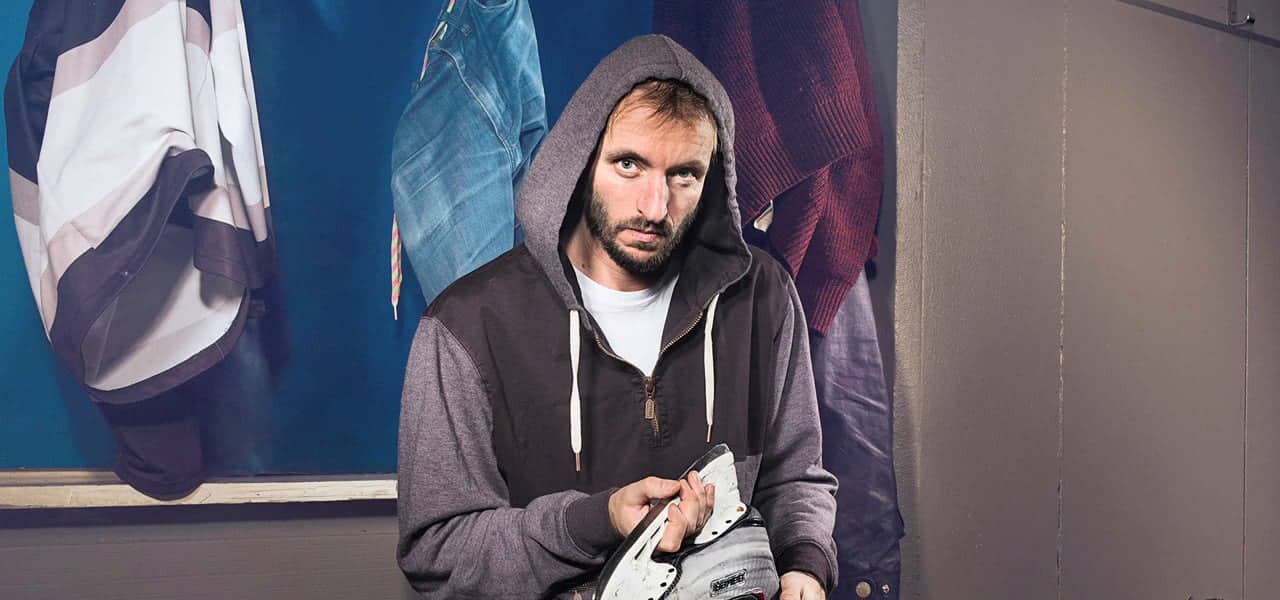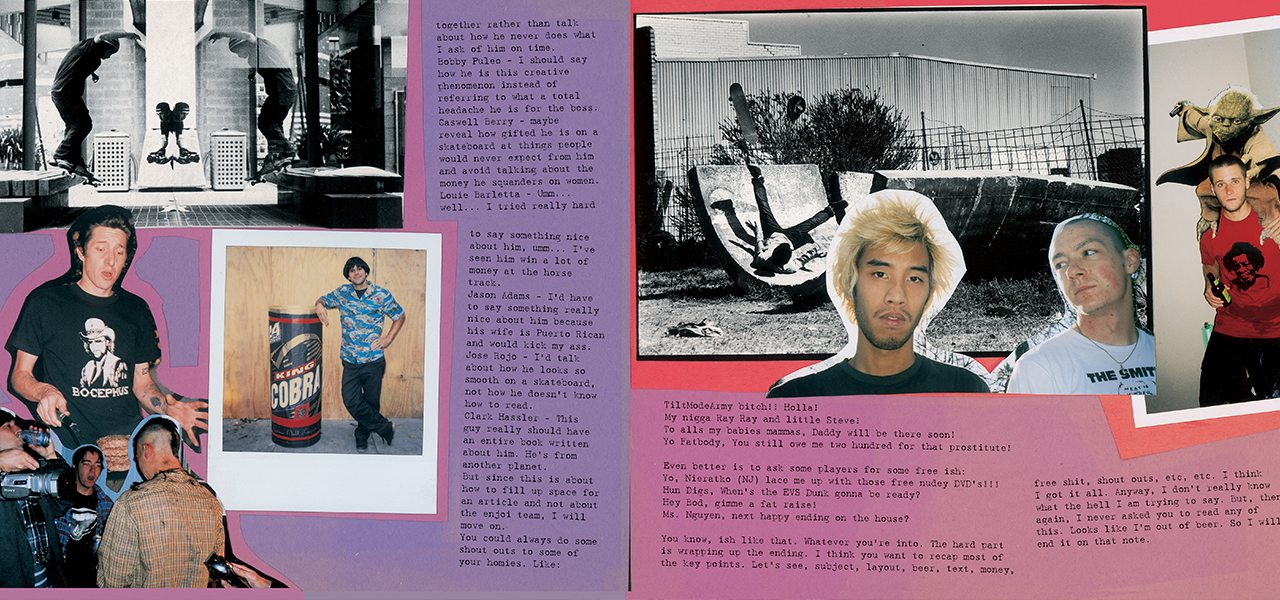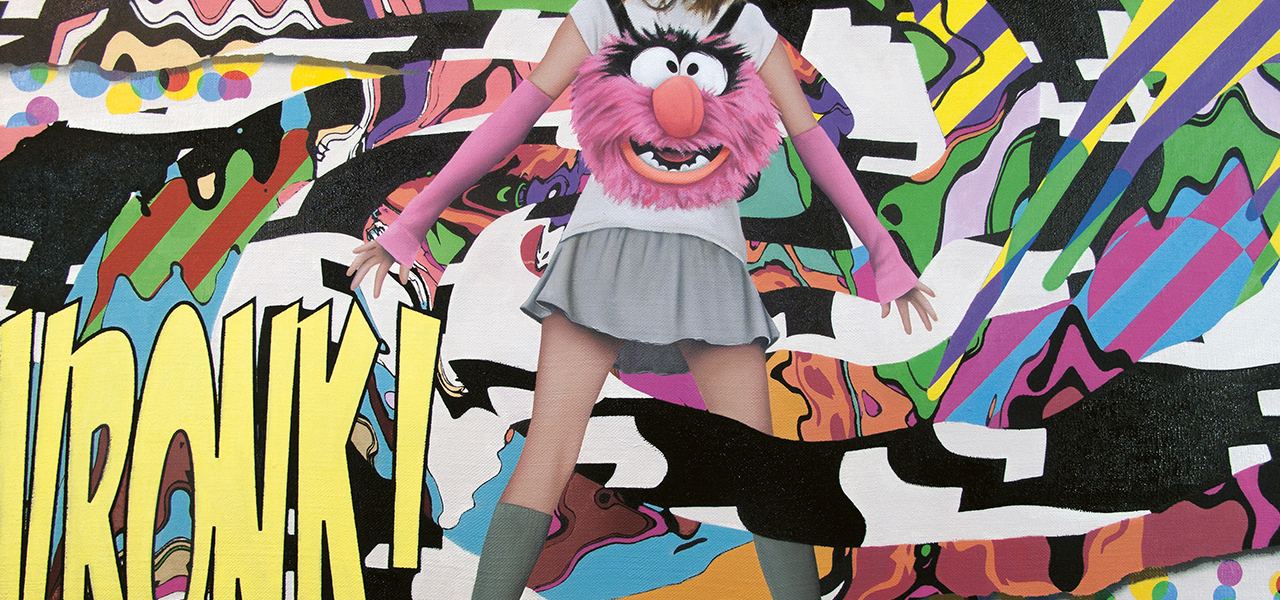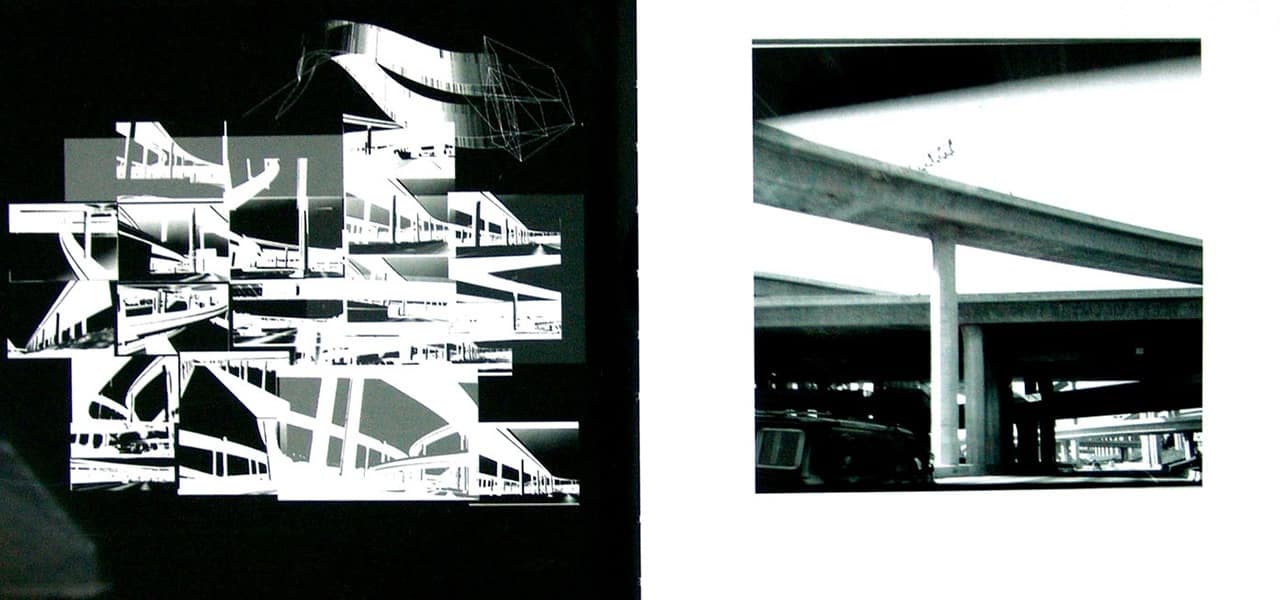
Thomas Marecki portrait
Welcome all admirers of urban culture, to our exclusive interview with Thomas Marecki, whose name cannot be left out from the story of Lodown magazine. Lodown was a one-of-a-kind magazine that made the alternative and the mainstream media merge in an authentic way, deriving the best out of both. As you can see, we speak of it in a past tense, since its era is coming to an end – it seems that the 100th edition of the magazine is going to be the last one, as well. We already talked about its 21 year long history and its unparalleled style, and now we go a little bit further and speak to the founder of the magazine. One of the things we were most curious about was the reason why Lodown was coming to its end, and so it was the first thing we asked. However, even though this magazine is definitely a project of a lifetime and a true masterpiece, we wanted to know about other things that Marecki does. Back in the day, he used to make graffiti and you may remember him under a different name – Marok. But today, Marecki is committed to a myriad of other things, and we are going to address a few in this interview.

Enjoi, Article in Lodown 2005
Thomas Marecki On Lodown Magazine
Openwalls: I’d like to start this interview by congratulating you on the 100th episode of Lodown and its 21st anniversary. There’s so much to celebrate! However, it sounds like the latest edition is also going to be the last one, so there’s a reason to be sad as well. Is this true, or did we get something wrong? If it is true, did the number 100 accidentally come out in the right moment, or were you simply waiting for the magazine to reach a certain volume before publishing the last one?
Thomas Marecki: Both is true. No.100 is the end of a chapter of Lodown Publishing. I have published the magazine in its original form since 1995. Its time for a change because the circumstances have changed. For Lodown related publishing we want to do something new, and personally I want to step back from the daily grind.
Openwalls: Lodown aims to be about the future, rather than the past; still, I’d like to ask you about its history, from your own point of view. How did the magazine change over time, and how did its readers and contributors change? Also, what would you say remained the same for all these years?
Thomas Marecki: Everybody got older and so perception changes. What has been the core of of Lodown’s persistence was and is to be independent.
Openwalls: We can easily say that Lodown was always a bit ahead of the mainstream, and that this is one of the things that kept the magazine going. That said, would you agree that it is becoming very hard to determine “originality” (so to speak) in today’s world? Do you think that being original is even important?
Thomas Marecki: Originality is easy for those who are. Its hard to strive for originality and that has always been the same.

Lodown Void
Online and In Print
Openwalls: How would you describe the difference between printed material and digital content (with regards to the magazine, for example)? Do you think it’s possible for a magazine to keep the same spirit in a virtual form?
Thomas Marecki: Its two different worlds. One cannot copy another – it has been tried, but no one has been successful. For me its rather in opposition – but as for the mainstream, the print will loose. But that’s okay.
Openwalls: What do you like to read, personally – online and in print?
Thomas Marecki: I like to read TIMES Magazine, Spiegel and all sorts of random magazines which I find interesting. Online I mostly read forums when I need technical help…

Thomas Marecki – Traphic, visual book
Other Projects
Openwalls: So beside Lodown magazine, what would you say was your biggest accomplishment? Could you single out the thing that you’re most proud of – given that you worked as a graffiti writer, graphic designer, and an artist as well?
Thomas Marecki: I am proud to have published a magazine for 100 issues for 21 years and not a single issue has made a compromise. Beside that I made a lot of things happen and put a lot of work in, but I can’t single out anything that had this significance.
Openwalls: Both graphic design and graffiti are related to typography in a way, and not to mention the magazine itself, so I suppose that you hold a special interest in the subject. Is this something you will be doing in future?
Thomas Marecki: Graphic Design is my profession which I always can fall back on. But i won’t do typo art…
Openwalls: So now that we’re mentioning typography and graphic design, could you tell us something about Traphic, your visual book? How do you relate traffic to graphics?
Thomas Marecki: TRAPHIC the book is the first manifestation of an ongoing project. TRAPHIC presents an interpretation of various networks (physical and virtual) of modern day existence, through a combination of visuals and texts based around the headline: ‘traffic’ plus ‘graphic’ equals TRAPHIC. I am fascinated by all kinds of transportation and its visual forms and man made guidelines – I want to dig in the codes of visual language and want to twist them around.
Openwalls: Do you ever think about returning to graffiti making?
Thomas Marecki: I can use a spraycan once in a while.
Openwalls: What’s next? Will there be any projects similar to Lodown? What will you be doing in your near future, and what do you hope to achieve in, let’s say, ten years?
Thomas Marecki: I like to work on conceptional pieces but they need funding and space and thats the hardest part when you want create a larger project. I hope I can find pursuit in something meaningful.